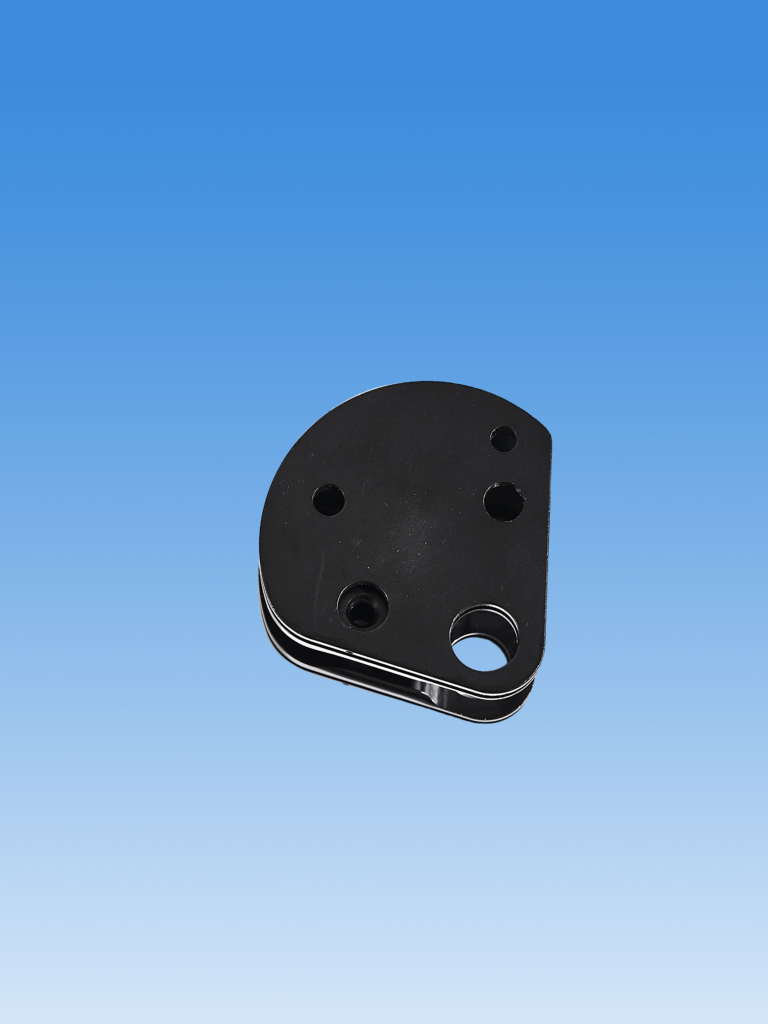Phosphating is one of the most widely used and effective chemical surface treatment processes in metal manufacturing. It enhances corrosion resistance, improves paint adhesion, reduces friction, and increases wear resistance—making it indispensable in industries such as automotive, machinery, military equipment, appliances, and hardware.
This article provides a comprehensive overview of the principles, process types, key advantages, and typical applications of phosphating treatment, helping engineers, manufacturers, and buyers understand how to effectively integrate phosphating into their surface treatment solutions.
What is Phosphating?
Phosphating (also called phosphate coating) is a chemical conversion process in which a metal surface—mainly steel or iron—is immersed in a phosphate solution, forming a thin, insoluble crystalline phosphate layer. This phosphate film protects the base metal and provides an ideal base for subsequent processes like painting, powder coating, or cold working.
Phosphate coatings offer anti-corrosion protection, improved paint adhesion, and lubricating properties, which are essential for the longevity and performance of metal components used in harsh or high-friction environments.
How Phosphating Works: The Basic Principle
Phosphating is based on a controlled chemical reaction between the metal surface and an acidic phosphate solution. The general reaction involves:
- The dissolution of a small amount of the metal surface by the acid.
- Simultaneous precipitation of phosphate salts due to a chemical reaction between dissolved metal ions and phosphate ions in the solution.
- Formation of a compact, crystalline phosphate coating on the surface.
The resulting phosphate layer is porous and micro-rough, enhancing adhesion and acting as a corrosion barrier. It also helps to retain lubricants in moving parts.
Common Phosphating Methods and Their Characteristics
Phosphating is typically classified based on the chemical composition and function of the phosphate coating. The main types are:
Ⅰ. Iron Phosphating
Features:
- Thin coating layer (approx. 0.3–1μm)
- Colorless to light gray
- Ideal for pre-paint treatment on steel or galvanized surfaces
- Common in the home appliance and light hardware industries
Advantages:
- Eco-friendly and free of heavy metals
- Simple and low-cost process
- Suitable for automated production lines
- Improves paint adhesion
Ⅱ. Zinc Phosphating
Features:
- Thicker coating (approx. 5–15μm)
- Gray-white or gray-black appearance
- High corrosion resistance and adhesion strength
- Common in automotive, machinery, and heavy equipment
Advantages:
- Excellent rust resistance
- Enhances bonding strength for paints or lubricants
- Ideal base for cold forming operations (drawing, stamping)
- Widely used in harsh environmental applications
Ⅲ. Manganese Phosphating
Features:
- Dense, hard coating with excellent wear resistance
- Dark gray to black in color
- Frequently used on high-friction, high-load parts like gears, bearings, and firearms
Advantages:
- Outstanding wear and galling resistance
- Ideal for high-friction mechanical assemblies
- Enhances lubricant retention and reduces scuffing
- Suitable for high-temperature and heavy-load environments
Ⅳ. High-Temperature vs. Low-Temperature Phosphating
- High-temperature phosphating (80–100°C) produces dense, thick films for strong corrosion protection.
- Low-temperature phosphating (<50°C) saves energy and is suitable for eco-friendly production lines with moderate protection requirements.
Key Advantages of Phosphating Treatment
- Improved Corrosion Resistance
Phosphate coatings serve as a physical barrier between the metal and the environment, significantly enhancing the anti-rust performance—especially when combined with oil, paint, or powder coatings.
- Better Paint Adhesion
The rough and porous phosphate surface creates mechanical interlocking between the metal and coatings, improving adhesion strength and reducing peeling or flaking.
- Enhanced Lubrication and Wear Resistance
Zinc and manganese phosphate layers help retain lubricants, reducing friction between metal parts. This is especially useful in automotive, machining, and tooling applications.
- Improved Metal Formability
Phosphating before processes like cold heading, deep drawing, or stamping improves tool life and product consistency by reducing friction and wear.
- Low Cost and High Efficiency
Compared to other coating methods such as plating, phosphating is affordable, easy to automate, and highly scalable, making it ideal for mass production.
Typical Applications of Phosphating
Phosphating is used in a wide range of industries and components. Here are some common applications:
| Industry | Example Applications |
| Automotive | Chassis parts, shock absorbers, wheels, engine housings, body panels |
| Machinery | Gears, shafts, sliders, hydraulic parts, bolts |
| Defense | Gun components, ammunition casings, military equipment |
| Appliances | Refrigerator compressors, washing machine drums, kitchen hardware |
| Construction & Hardware | Window and door fittings, brackets, metal connectors |
| Fasteners | Self-tapping screws, expansion bolts, washers, industrial nuts |
| Metalworking | Cold heading blanks, drawn wires, tubes before forming |
Limitations and Considerations
While phosphating has many benefits, it’s important to consider the following limitations:
- Not suitable for high-conductivity or precision surfaces (as it introduces a thin non-conductive film)
- Phosphate coatings have limited load capacity—not a substitute for hard coatings like chrome
- Requires wastewater treatment systems to handle phosphate-rich effluent
- Needs precise control of bath pH, temperature, and concentration for consistent results
Summary: Why Phosphating Treatment Matters
Phosphating treatment is a cost-effective, reliable, and multifunctional surface treatment process that delivers tangible benefits in corrosion resistance, coating performance, friction reduction, and manufacturing efficiency.
With modern advancements such as low-temperature phosphating, zinc-free formulas, and eco-friendly bath chemistries, phosphating remains a core process in automotive, industrial, and military manufacturing.


